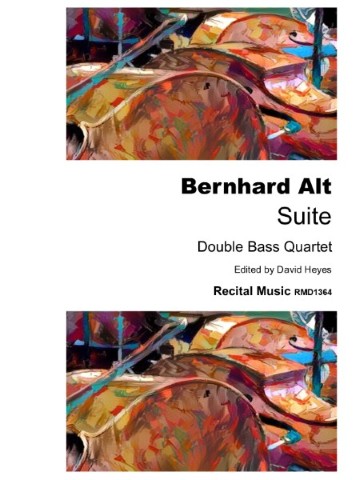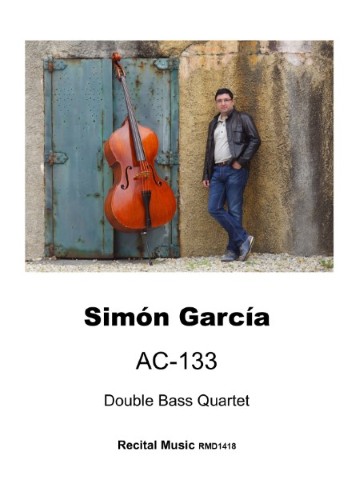Bernhard Alt’s Suite is fun, stylish, charming, elegant and rhythmic, and would have been a revelation to audiences in the 1930s. Alt composed music which…
Bernhard Alt’s Suite is fun, stylish, charming, elegant and rhythmic, and would have been a revelation to audiences in the 1930s. Alt composed music which is always entertaining, with no movement outstaying its welcome, and is an effective, accessible and light-hearted addition to any quartet programme, even into the 21st- century.
The musical styles may be slightly out of date in the more sophisticated 21st-century, but this is still a great study or recital piece for students to develop a range of ensemble and musical skills with also has much to commend it for the advanced or professional quartet.
The Suite is in four contrasting movements and lasts around 12-13 minutes. The opening Präludium is slow and stately and has a slow moving chordal accompaniment with gently shifting harmonies and an upward moving theme for bass 1, which eventually develops into a solo cadenza employing several effective double stops, before the opening theme is restated but with a staccato accompaniment, slowly dying away to an octave unison B.
A gentle and elegant Menuett follows, with a simple and lilting waltz theme which is played by bass 1. A brief three bar interlude, played entirely in harmonics, makes excellent use of the two tunings, before leading into a more urgent and rhythmic middle section and a staccato feel which beautifully contrasts the easy going return of the opening theme.
The third movement (Adagio) is probably the emotional heart of the suite and, while the other movements are more characteristic in style this has more depth and drama and is also the longest of the four. Essentially a ‘song without words’, bass 1 is accompanied by the other basses, often in rhythmic unison but with the occasional flourish to add interest and variety. There is scope to explore a wide range of colours and timbres and to exploit the lyrical and sonorous qualities of the Double Bass, Quartet medium.
A lively and rhythmic Humoreske is fun and light-hearted, although the Trio is slower and tranquil, creating an even greater contrast with the bucolic opening and closing music. No great emotional depths are plumbed here, but the music is well written for four basses and there is scope for the players to shine and show off their lighter and more humorous capabilities and sensibilities
Basses 1 & 2 play in solo tuning – Basses 3 & 4 play in orchestral tuning.





